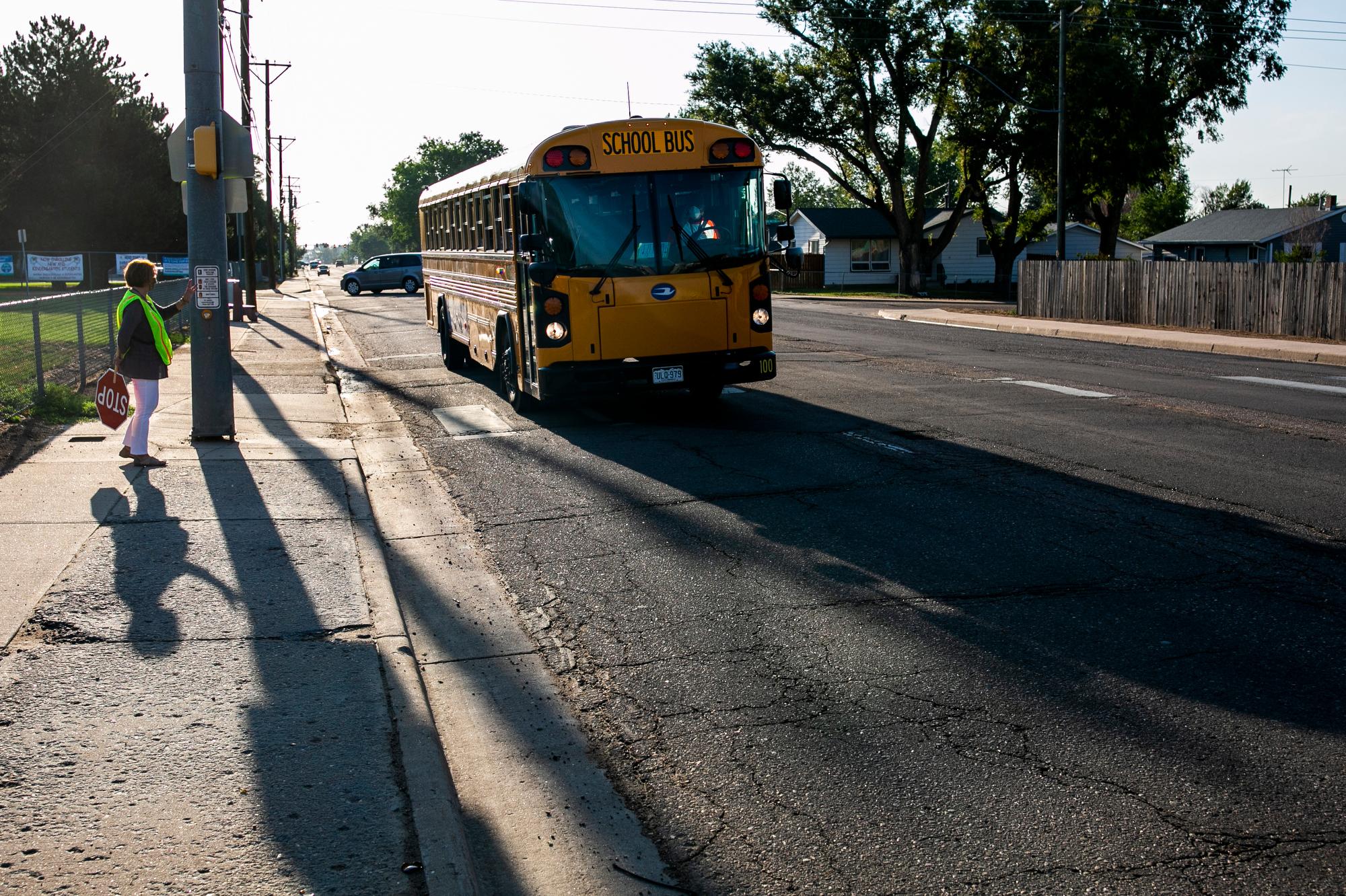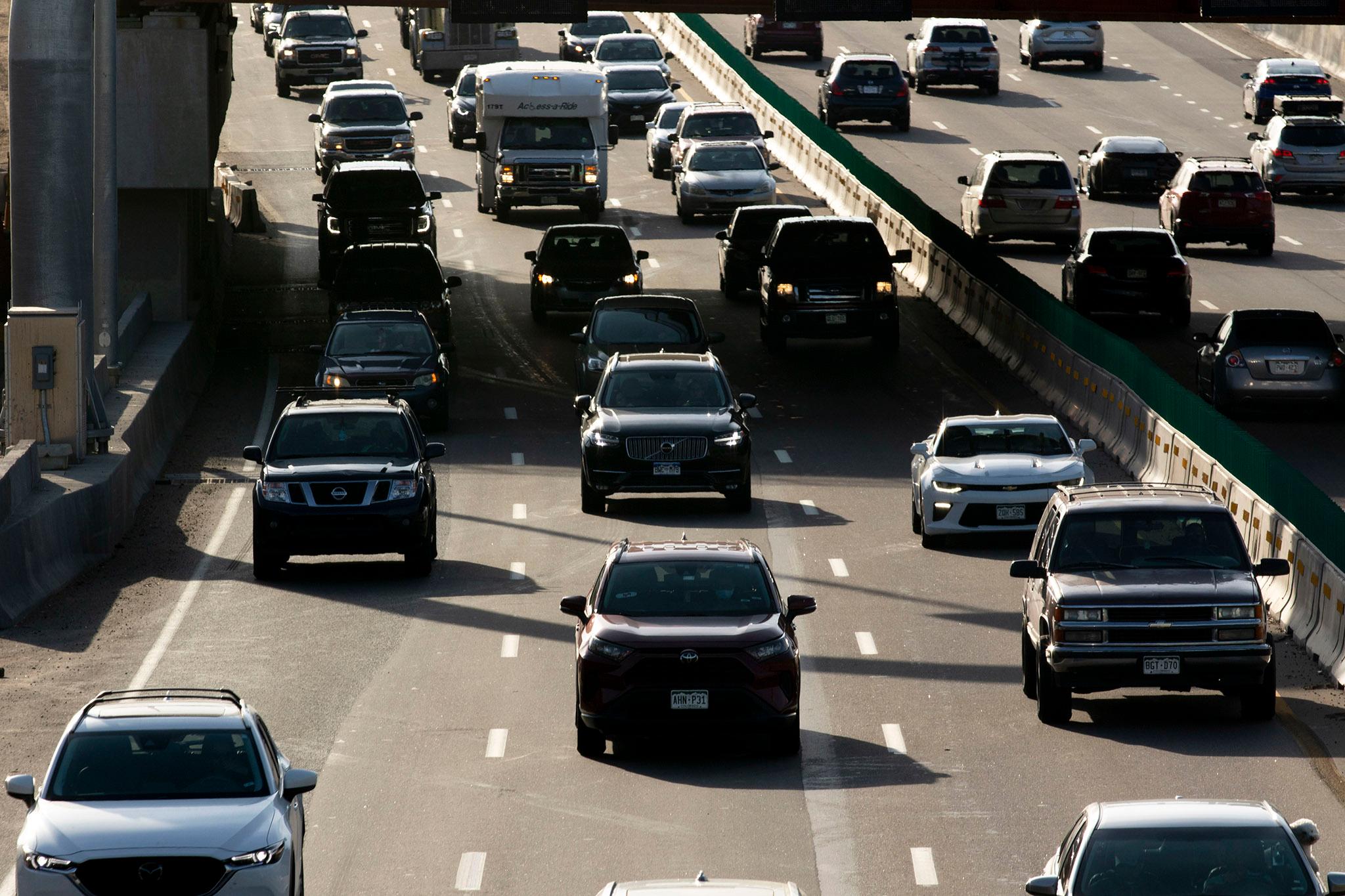
A new report reiterates what many Colorado teachers have been saying all along during the pandemic: student and teacher mental health is hurting, school staffing is struggling and educators are worried whether young students are actually learning.
About three-quarters of the state’s school districts responded to questions in a new assessment by the Colorado Department of Education and the Colorado Education Initiative released Thursday. The report found 56 percent of districts are concerned with student reading loss in kindergarten through third grade; 37 percent believe the overall quality of virtual instruction is a top priority to address.
“In places where school has not been in session in person, our youngest learners just aren’t able to continue developing literacy and math skills on their own,” said Rebecca Holmes, president and CEO of the Colorado Education Initiative.
Students’ mental health is also a major worry: 52 percent of districts are concerned about their high schoolers and 41 percent about their middle school students.
Holmes says mental health struggles are tied to academic burnout, course failure and general student disengagement from online learning. “If we don’t address it, it can really lead to a significant dropout crisis,” she said. “It’s a real concern, particularly for high school students who’ve been remote for months at a time.”
Parents have echoed those worries about their children at home. “I wish we had access to mental health tips for parenting for different ages,” a parent told the nonprofit Early Milestones Colorado, which conducted interviews with families as part of its own research. “The lack of social interaction and structure creates depression.”
“We’ve got to remember, even as we’re concerned about learning loss, that we need to prioritize social emotional health just as much as we do learning your ABCs,” said Jennifer
Stedron, executive director of Early Milestones Colorado.
Several parents also told Early Milestones Colorado they are struggling to manage their kids’ virtual school at home with their jobs and believe remote learning is not a long-term solution.
- Pandemic Parenting Is Parenting On The Fly. Here’s How 2 Colorado Moms Are Living With It
- Online Learning Isn’t Easy, Even When You’re Colorado’s Teacher Of The Year
- Expert Tips For Navigating The Emotional Landmines Of Remote Learning
- ‘Everything Sucks Sometimes But It’s Not Forever’: How One Teen Navigates Mental Health, The Political Environment And The Pandemic
“I feel like our kids are going to be robbed of their learning,” said a parent. “I understand there is a health crisis and I feel like more needs to be done…I’m afraid they are not making progress. My high schooler is fine because he’s paying attention and gets his work done. My second grader is not making as much progress in math.”
Meg Franko, Early Milestones Colorado’s director of research and policy, says it’s time to start thinking about preparing students for a post-pandemic return to school.
“How we use the summer and plan for what’s going to happen in the fall is all that more important, because we’re going to have a lot of kids with higher needs than we’re used to dealing with,” Franko said.
As districts eventually transition to in-person learning, Franko and Stedron say kids receiving special education services, those learning English and younger students should be prioritized.
The new report also found that while technology needs have improved since the pandemic’s start earlier this year, more than 30,000 students across Colorado still don’t have proper access to the internet at home, particularly in rural communities. Even though several districts have provided students with internet hotspots, they can be unreliable and lose cell signal, according to the report.
“It’s an issue of digital equity that we’ve got communities and kids for whom continued sufficient internet access remains out of reach,” Holmes said.
School districts are also very concerned about teacher fatigue and burnout: 90 percent of districts said teacher mental health is a top priority. Using 2019-2020 teacher counts in these polled districts, almost 6 percent of teachers have resigned and about 2 percent took a leave of absence — though these moves aren’t necessarily pandemic-related. Even when there are options to give teachers a break, districts across the state largely said they don’t have enough substitute teachers.
Teacher burnout is a significant concern, Holmes says, especially since Colorado had a teacher shortage even before the pandemic.
“There’s a mentality that educators didn’t want to abandon ship this year and are sticking with things despite really difficult conditions,” Holmes said. “But no fifth-grade teacher set out to also be an epidemiologist trying to figure out how to prevent virus spread in their classroom and the ongoing transitions between online learning and in-person learning — and back and forth.”









